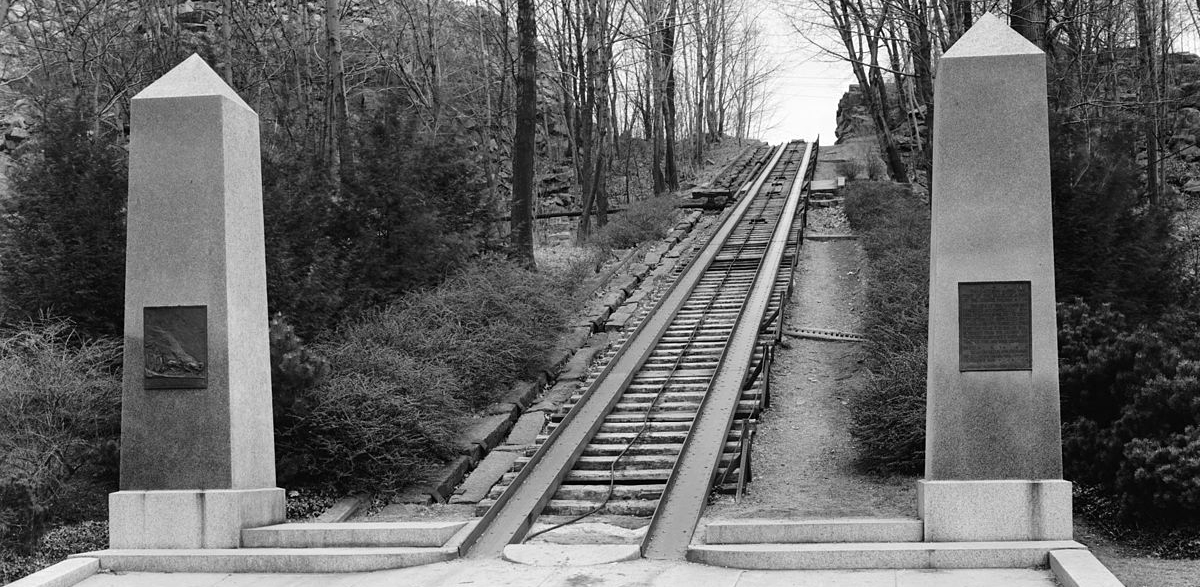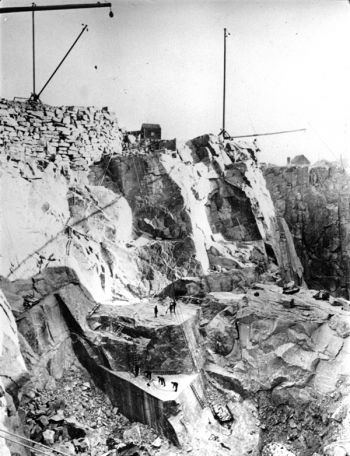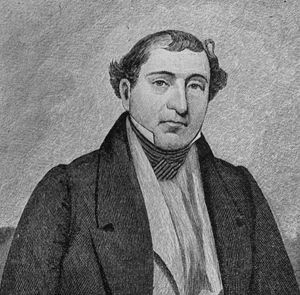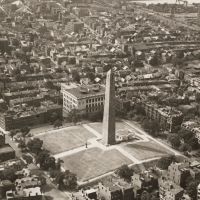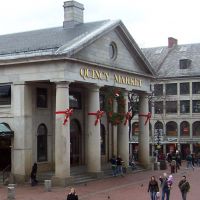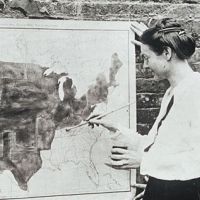Primary Source
Proposals will be received for furnishing the granite for an obelisk to be erected in Bunker Hill. The quantity required will be about 9,000 tons, and must be delivered at the prison in Charlestown or at a wharf near the navy yard, as may be required. The dimensions of the blocks to be about 2 feet 6 inches wide and 12 feet long. The granite for the foundation may be of a coarse kind, and it will require about 1,400 tons. The outside curves of the obelisk must be of the best Quincy granite, of uniform color, of which about 2,600 tons will be required. Proposals will be received for Chelmsford granite for the outer courses. Those who estimate may furnish any quantity to suit their convenience."
Quoted in History of the Granite Industry of New England, by Arthur W. Brayley (National Association of Granite Industries of the United States, 1913)


